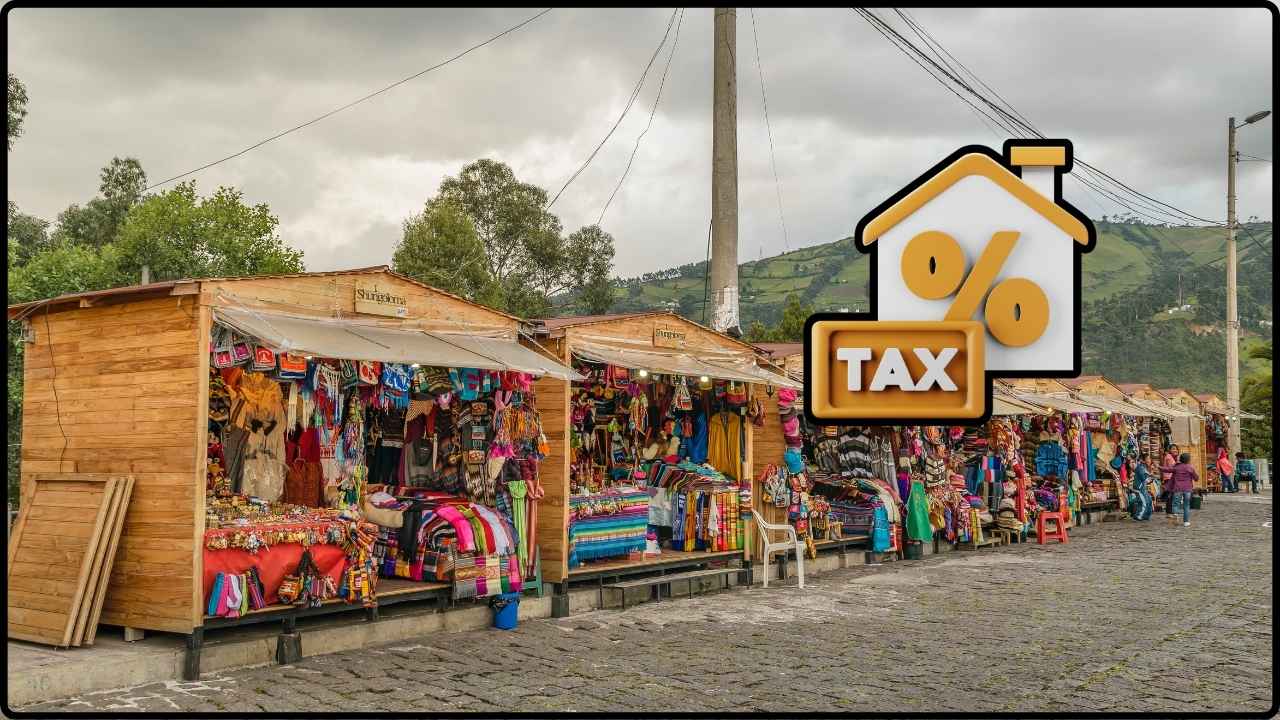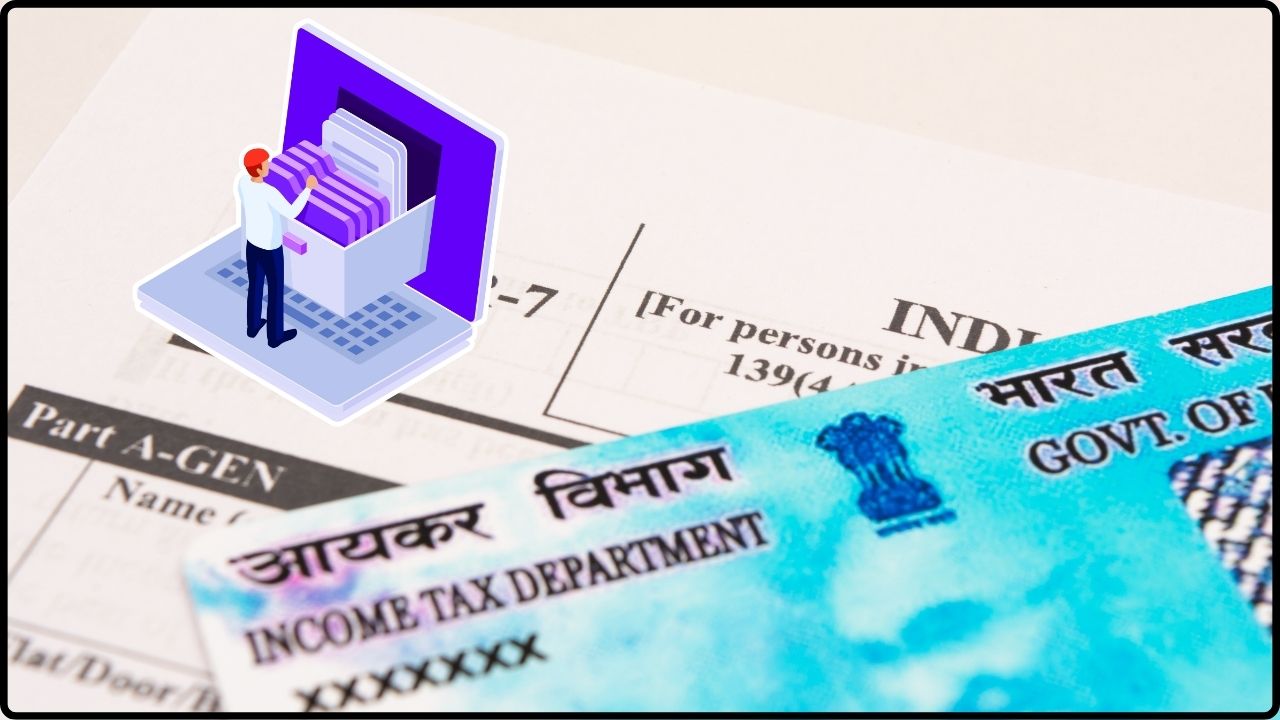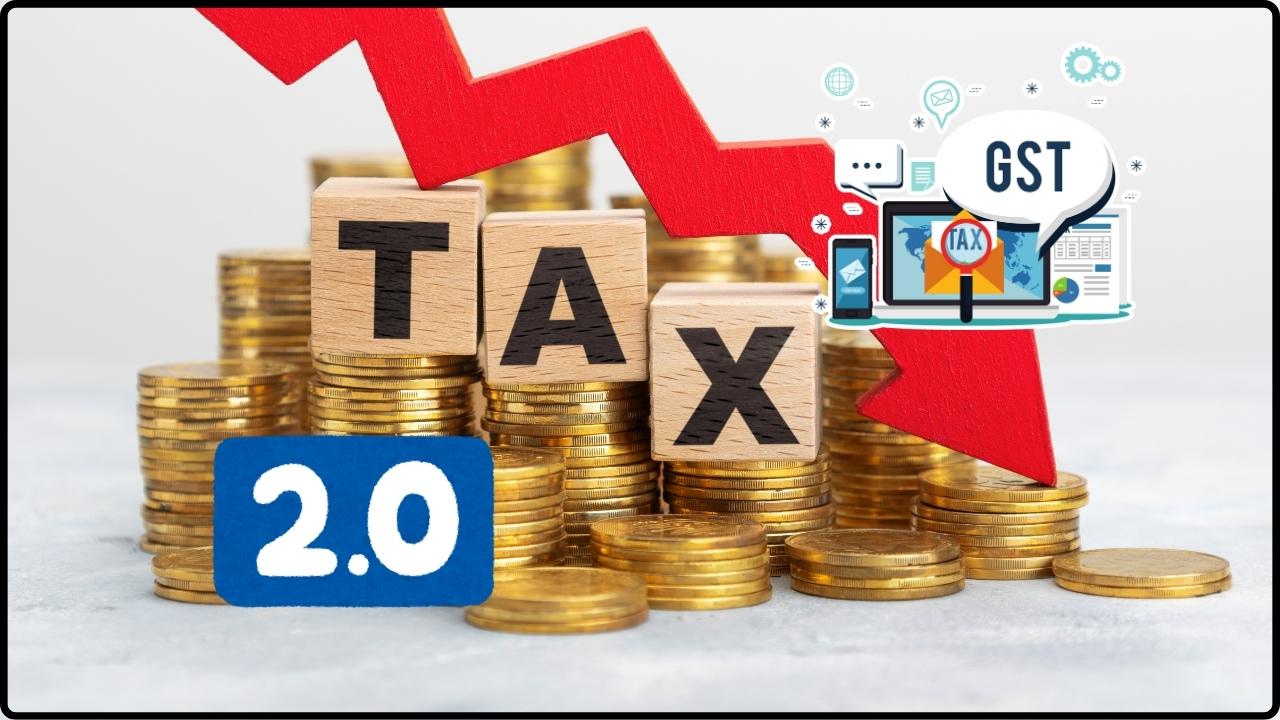
New Karnataka Law Hits NMDC: The new Karnataka law hits NMDC with a ₹13,975 crore tax demand, and it’s got the mining industry buzzing. India’s largest iron ore producer suddenly faces a bill so massive it could shift the entire dynamics of mining, steelmaking, and even foreign investment in India. Now, this may sound like a complicated legal-financial mess, but don’t worry. We’ll break it down in simple language—clear enough for a 10-year-old to follow, yet deep enough for policy wonks, investors, and business pros to get actionable insights. This story is about more than just one company. It’s about how states manage natural resources, how businesses respond to sudden policy shocks, and how India’s economy balances growth with fairness.
New Karnataka Law Hits NMDC
The ₹13,975 crore tax demand on NMDC under Karnataka’s new mining law is more than just a corporate headline. It’s a test case for how India balances state revenue, business interests, and investor confidence. If approved, it could reshape the economics of iron ore mining and ripple into steel markets worldwide. If rejected, it’s a cautionary tale about the dangers of policy unpredictability. Either way, this saga highlights a critical truth: in resource-rich economies, policy decisions can change fortunes overnight.
| Aspect | Details |
|---|---|
| Law in Question | Karnataka (Mineral Rights and Mineral Bearing Land) Tax Bill, 2024 |
| Potential Tax Liability for NMDC | ₹13,975.07 crore (≈ $1.7 billion USD) |
| Status of Law | Passed by Karnataka Assembly, returned by Governor, awaiting Presidential Assent |
| Stock Market Reaction | NMDC shares dropped 5–7% in Dec 2024 (Economic Times) |
| Impact on Industry | Public miners (NMDC) → 22.5% levy, Private miners (Vedanta, Sandur) → 45% levy (LiveMint) |
| Estimated State Revenue | ₹4,700 crore+ annually for Karnataka |
| Official Reference | Government of Karnataka |
NMDC: The Giant at the Center
Founded in 1958, NMDC (National Mineral Development Corporation) is India’s crown jewel in mining. It operates some of the largest iron ore mines in Karnataka and Chhattisgarh, supplying raw material to steelmakers like JSW Steel, Tata Steel, and SAIL.
The company produces around 40 million tonnes of iron ore every year, making it not just a backbone of India’s infrastructure growth, but also a key driver of government revenues.
So, when Karnataka demands ₹13,975 crore in taxes, it’s like hitting the brakes on a truck speeding down the highway—everything from jobs to steel prices to investor confidence could feel the shock.
What’s in the New Karnataka Law Hits NMDC?
The Karnataka Mineral Rights and Mineral-Bearing Land Tax Bill, 2024 introduces two big charges:
- Mineral Rights Tax
- Public miners like NMDC: 1.5x royalty (about 22.5% of sale price).
- Private miners like Vedanta, Sandur: 3x royalty (about 45%).
- Land Tax
- An additional levy on owning mineral-bearing land.
What makes this controversial is its retrospective effect. In other words, it’s not just about future operations—it could apply to past mining years too. Imagine your city telling you to pay parking fees for the last ten years, even if you’ve been paying tickets all along. That’s what miners are staring at.
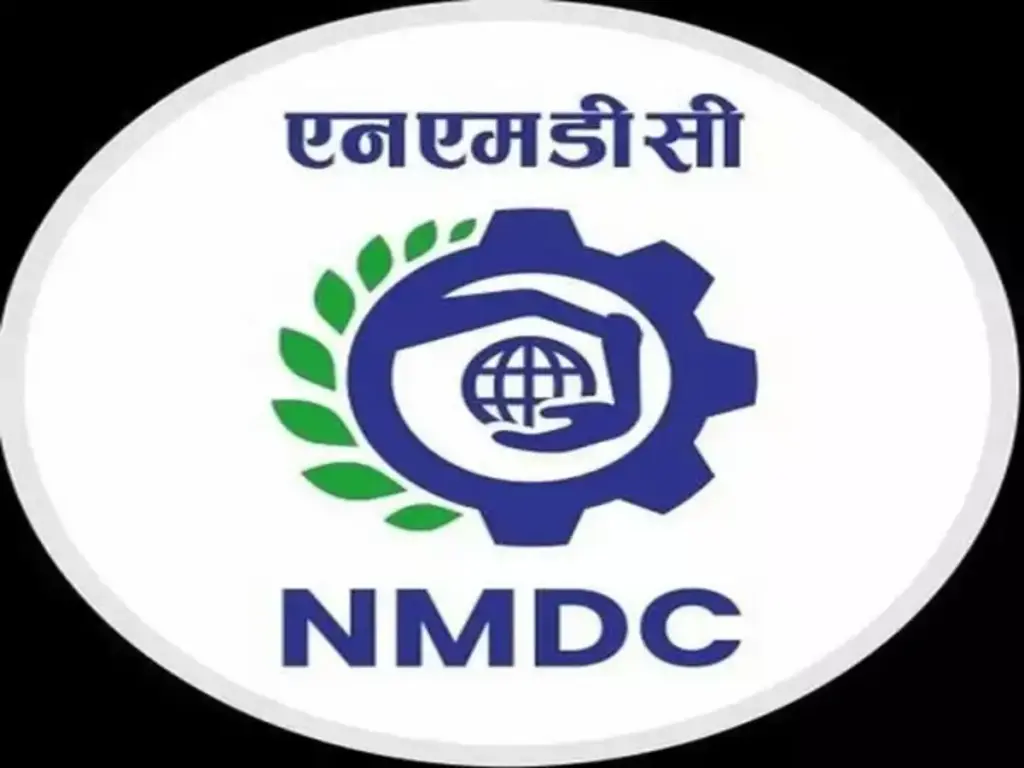
Why Karnataka Is Pushing This?
Karnataka sits on some of the richest iron ore deposits in India, but the state argues it hasn’t been compensated fairly for decades.
The logic goes like this: mining companies earn billions, but local communities often see little benefit. By imposing this levy, the government hopes to raise ₹4,200–₹4,700 crore annually to fund infrastructure, schools, healthcare, and welfare programs.
It’s a strategy not unlike U.S. states such as Alaska or Texas, which charge hefty royalties on oil and gas to bankroll public spending.
Why the Mining Industry Is Nervous?
From a business perspective, this tax bill feels like a curveball. Here’s why:
- Profit Margins Shrink: A 22.5–45% levy eats directly into miners’ bottom line.
- Uncertainty Scares Investors: Markets hate surprises. In Dec 2024, NMDC shares nosedived 5–7% overnight.
- Steel Becomes Pricier: Since iron ore is the raw material, steelmakers are bound to pass costs to customers—meaning costlier cars, bridges, and appliances.
For global investors, it raises a red flag: if India suddenly changes tax rules retroactively, can businesses trust the system?
The Legal Roadblock
Here’s the catch: this law isn’t active yet.
- The Governor of Karnataka returned the bill, citing constitutional concerns.
- It now awaits Presidential assent to become law.
Until then, NMDC has declared the ₹13,975 crore as a contingent liability—something it might owe, but doesn’t yet.
If the law passes, companies are likely to drag it into the courts, citing violation of principles of fairness and “no retrospective taxation.” Remember the Vodafone retrospective tax case? That dragged India through years of arbitration and hurt investor trust.
Expert Takes
- Brokerage firms like Motilal Oswal estimate that NMDC’s profits could dip 20–25% annually if this levy is imposed.
- FIMI (Federation of Indian Mineral Industries) has warned that over-taxation may force companies to cut jobs or delay expansion projects.
- Policy analysts point to Australia’s mining super-profits tax in 2010, which was rolled back due to industry pushback. The lesson: balance revenue with business viability.
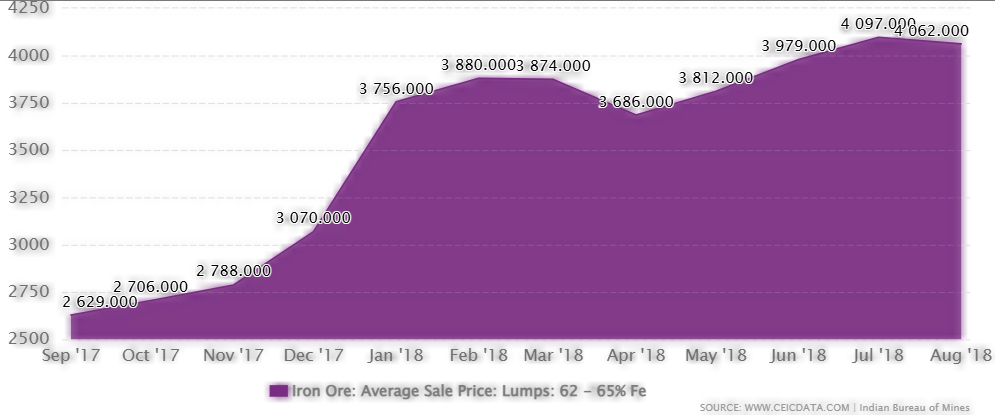
Investor’s Angle: What Should You Do?
If you hold mining or steel stocks, here’s some practical advice:
- Don’t Panic Yet: This is still a “maybe” law. Nothing changes until Presidential assent.
- Diversify Holdings: Avoid putting all your eggs in the mining/steel basket. Spread into IT, banking, FMCG.
- Keep a Long-Term View: India’s steel demand will grow with infrastructure projects. NMDC might take a hit, but demand won’t disappear.
- Watch Global Prices: If India’s ore costs rise, international suppliers like Brazil or Australia could grab market share.
Global Comparisons
How does Karnataka’s move look globally?
- Australia: Tried a “mining super-profits tax” in 2010 but rolled it back after backlash.
- Brazil: Keeps mining royalties steady to ensure investor confidence.
- USA: Texas and Alaska charge oil royalties, but they’re stable and predictable—companies plan for them.
The key difference? Predictability. Investors can handle high taxes if they know the rules upfront. What they hate is sudden, retroactive changes.
Policy Debate: Pros vs. Cons
Pros (State’s Perspective)
- Generates thousands of crores for development.
- Forces miners to share wealth with communities.
- Brings India closer to global best practices.
Cons (Industry’s Perspective)
- Retrospective effect feels unfair.
- Could raise steel costs and slow infrastructure growth.
- Makes India look unpredictable to global investors.
This clash isn’t new. India has long wrestled with balancing revenue needs with a stable investment climate.
Historical Context
Mining policy in India has been turbulent:
- 2010–2015: Karnataka faced a Supreme Court ban on mining due to illegal operations, leading to a sharp fall in iron ore output.
- 2015 onwards: Auctions replaced old mining licenses to improve transparency.
- Now in 2024: Karnataka is back with a levy, this time focused on pre-auction mines.
Each policy shift leaves scars. Investors remember, and capital flows accordingly.
Practical Guide for Businesses
Here’s a roadmap for miners, steelmakers, and even students of economics:
- Track Legislative Developments – Don’t wait for the final law. Stay ahead of political signals.
- Run “What If” Scenarios – Build models for both tax-levied and tax-free cases.
- Diversify Assets – Both geographically and across commodities.
- Lobby Responsibly – Work with governments for phased, forward-looking policies.
- Communicate Clearly – Investors appreciate honesty. Transparent disclosures build confidence.
Central GST Authorities Clarify No Notices Issued Based on UPI Transactions Amid Karnataka Row
Karnataka Records Fivefold Rise in GST Evasion to ₹39,577 Crore in FY25, Lok Sabha Told
GST Revamp Could Pull Thousands of Small Units Into Formal Economy


